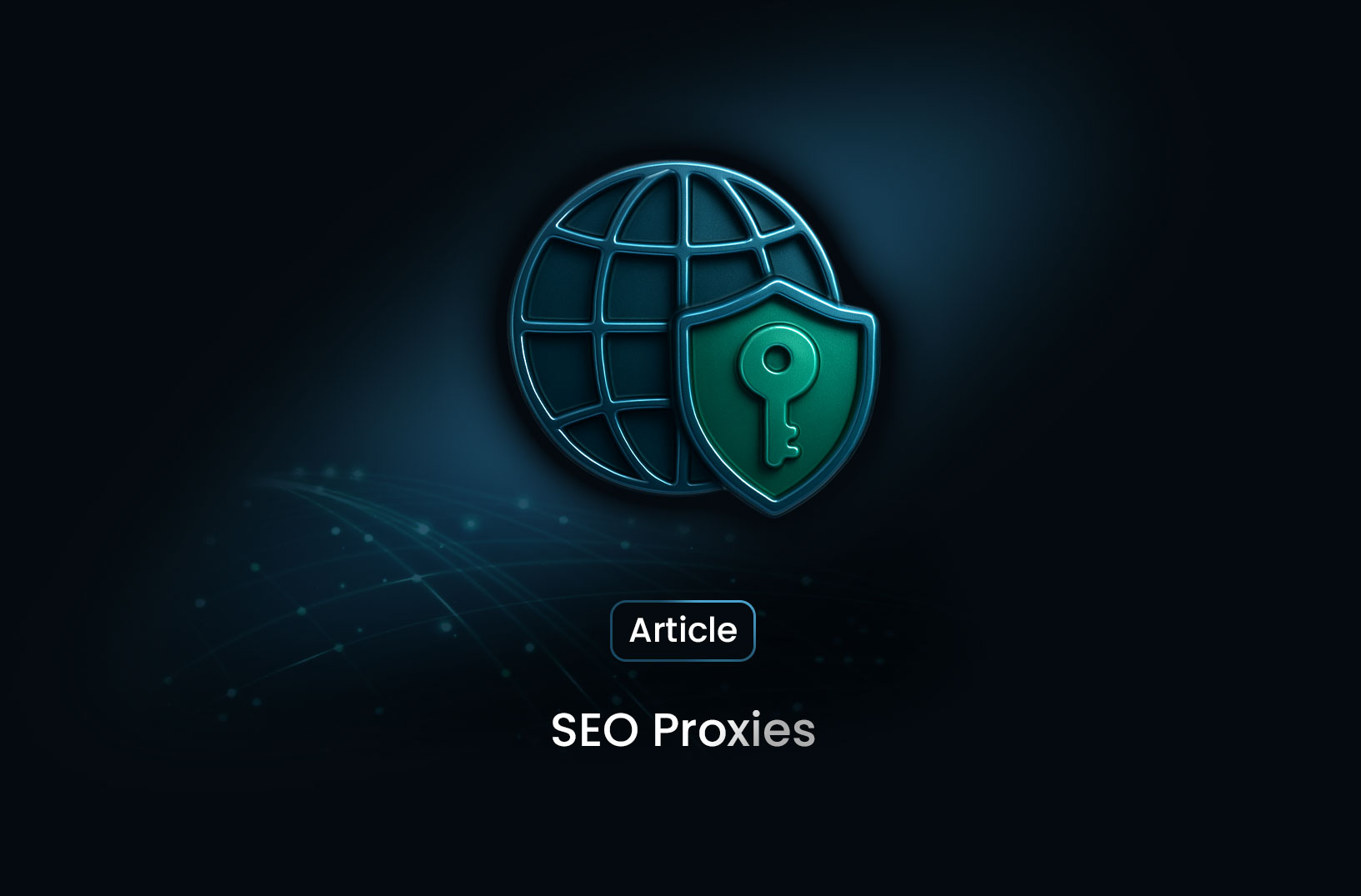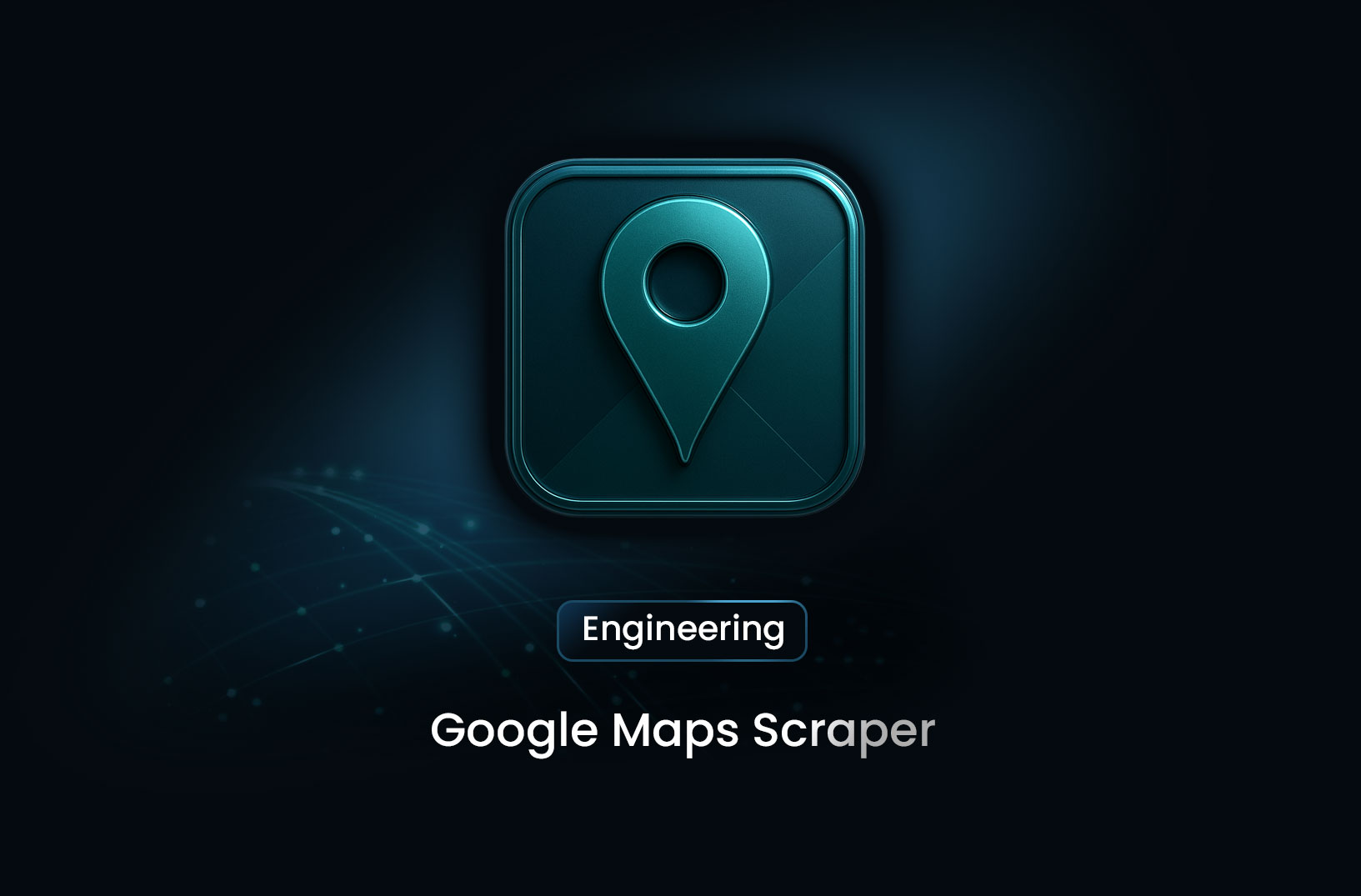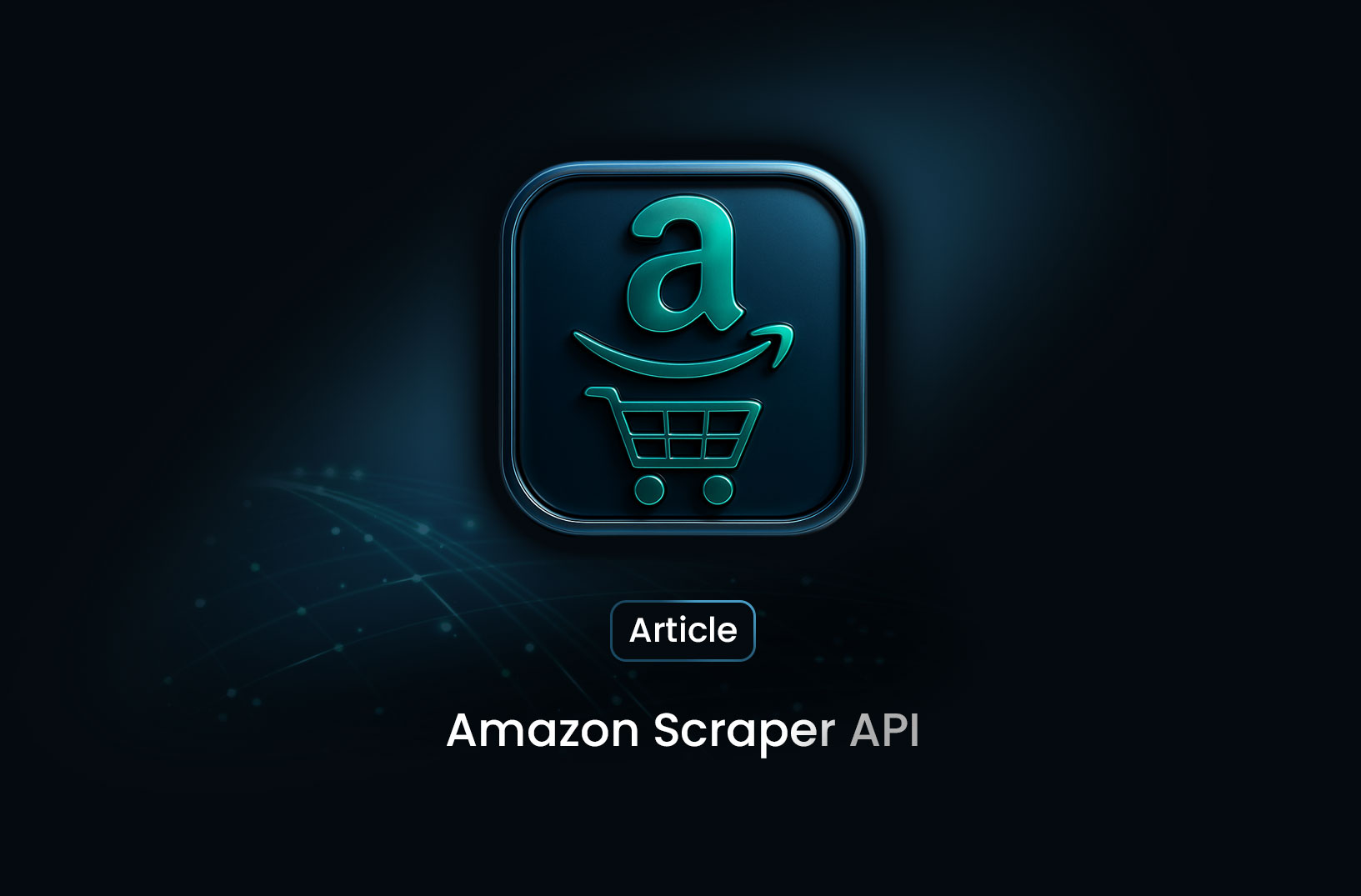
A Practical Guide to Using SEO Proxies for Search Engine Optimization
ArticleSEO proxies help marketers collect accurate ranking data, scrape SERPs safely, and perform automated SEO tasks without IP blocks. Learn how they work, why they matter, and the best practices for using them effectively.
SEO proxies are specialized proxy servers used by marketers, analysts, and automation tools to safely perform search-engine–related tasks at scale. They mask your real IP address, rotate identities, and prevent blocks when accessing search engine result pages (SERPs).
Because search engines impose strict rate limits, using a proxy helps users collect accurate ranking data, research competitors, or run automated tools without interruptions.
SEO proxies can be datacenter, residential, or mobile, depending on the level of anonymity and reliability needed.
How SEO Proxies Work
When performing SEO tasks, your device sends repeated queries to Google or other search engines. Without a proxy, too many requests coming from one IP trigger:
- CAPTCHAs
- Temporary blocking
- Inaccurate results
- Location-based distortions
SEO proxies solve this by:
- Routing traffic through multiple IPs
- Rotating identities automatically
- Masking your geographic location
- Avoiding rate-limit bans
This ensures clean, unbiased data — essential for precise SEO analysis.
Why SEO Proxies Are Important
1. Accurate Rank Tracking
Location-specific proxies allow teams to track keyword rankings from different countries or cities, giving a more realistic view of global search visibility.
2. Reliable SERP Scraping
SEO tools and scrapers can gather search engine data (snippets, keyword suggestions, FAQ boxes, ads, etc.) without being blocked.
3. Better Competitor Research
By using residential or mobile proxies, marketers can view search results exactly as real local users would.
4. Safer Automation
Bots and automated scripts remain undetected, reducing the risk of IP blacklisting during bulk data collection.
5. Geo-Custom Testing
Validate ads, landing pages, and SERP appearances in multiple regions.
Common Use Cases for SEO Proxies
- SERP data scraping
- Keyword research automation
- Localized ranking checks
- Ad verification
- Competitor SERP monitoring
- Website SEO audits
- Traffic simulation for testing
Types of SEO Proxies
1. Residential Proxies
Most accurate, hardest to detect, ideal for Google scraping.
2. Datacenter Proxies
Fast and affordable, suitable for high-volume tasks with fewer restrictions.
3. Mobile Proxies
Highest trust level, commonly used for challenging platforms like Google Maps or social networks.
Choosing the Right SEO Proxy Provider
When evaluating a proxy service for SEO tasks, consider:
- IP pool size and diversity
- Rotation options
- Supported locations
- Bandwidth limits
- Speed and uptime
- Price per GB or per IP
- SERP-compatibility features
Providers that specialize in SEO often offer keyword-oriented rotation modes and anti-block algorithms designed for search engines.
Best Practices for Using SEO Proxies
- Rotate IPs regularly to prevent pattern detection
- Use residential IPs for Google-heavy workloads
- Avoid sending too many requests per second
- Monitor latency and failed requests
- Implement delays in automated scripts
- Test IP quality before large-scale campaigns
Conclusion
SEO proxies play a crucial role in modern search marketing. Whether you're tracking rankings, analyzing competitors, or scraping SERPs at scale, proxies ensure accuracy, stability, and anonymity. By choosing the right proxy type and following best practices, marketers can unlock cleaner data, safer automation, and more reliable insights.
Find more insights here

Google Maps Scraper: The Complete 2025 Guide for Location Data, Leads, and Business Intelligence
A complete 2025 guide to Google Maps scraping. Learn what data you can extract, use cases, challenge...

Firecrawl Explained: What It Is, How It Works, and Why Developers Use It
A complete 2025 guide to Firecrawl. Learn what Firecrawl is, how it works, key features, use cases,...

Amazon Scraper API: The Complete 2025 Guide for Developers, Sellers, and Data Teams
A complete 2025 guide to Amazon Scraper APIs. Learn how they work, what data you can extract, top pr...
